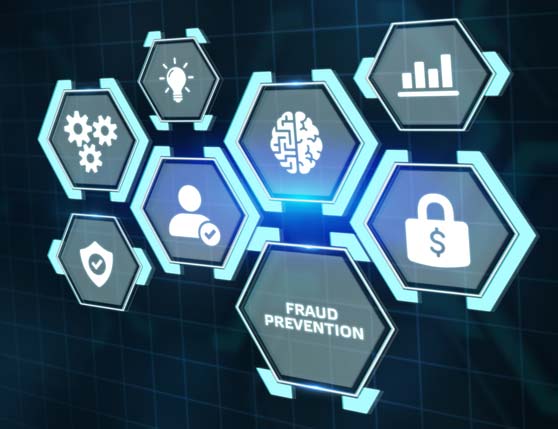Alogent: Why Payments Fraud Costs Are Up 10% from Pre-Pandemic Levels
- 41% increase in attempted fraud from 2020 to 2021 -- 2022 NICE Actimize Fraud Insights Report
- Cost of fraud is up 10% from pre-pandemic
- Fraud can occur at any step in the user journey and from any device or workflow
The proliferation of fraud across the globe is no secret. While numbers vary from source to source, it is acknowledged by most banks that we are seeing unprecedented levels of fraud attempts and losses. This is exacerbated by the increase of the in costs for fraud, according to a recent article from our friends at Alogent.
The dollar value of payments fraud is significantly up, confirming it’s still one of the largest external threats for banks and credit unions. According to a 2022 survey from the Association for Financial Professionals, 71% of the responding banks and credit unions were victims of attempted payment fraud last year.

A study by LexisNexis reveals that the cost of fraud continues to increase, with the value of fraud for U.S. institutions now upwards of 10% higher than it was before the pandemic. This aligns with trend reported in Alogent's "The 2022 NICE Actimize Fraud Insights Report," -- which identifies and analyzes the leading fraud threats and patterns that impacted leading global financial institutions in 2021.
As seen from the data below, attempted fraud dollar increased across the board in 2021, from P2P payments and digital wallets to traditional check payments:



And it appears that this trend continues in 2022.
Why Fraud Costs are Up
Why are fraud costs up? Alogent provides the following details:
Fees linked to labor and investigations, as well as legal and recovery expenses, each adding up fast, and causing even greater losses for banks and credit unions. Lexis Nexis also reports that for every $1 of fraud loss today, it costs an institution $4, compared to $3.25 in 2019 and $3.64 in 2020.
There's more to lose for FI's than cash. Being seen as vulnerable to fraud can, Alogent notes, impact your institution’s reputation and relationships with account holders.
The Financial Brand reports 65% of consumers say data security impacts their trust in their banking providers. Taking the proper measures to secure your transaction ecosystems keeps customers and members safe and loyal to your institution.

Additionally, in PwC’s Global Economic Crime and Fraud Survey 2022 -- a survey of 1,296 executives across 53 countries and regions -- we learn that while organizations experiencing fraud have remained steady since 2018, there has been a rise in external perpetrators with "70% of organizations experiencing fraud reported that the most disruptive incident came via an external attack or collusion between external and internal sources."
Modern Solutions for Modern Problems
There are two main issues detailed by Alogent: The rise in costs of fraud, and preventing fraud losses. And the answer to both is technology.
With expenses like these, it’s no surprise that the banking industry has completely transformed over the last few years, adopting new AI and machine learning-based solutions that try to keep fraud at bay across all points of presentment. In addition to new techniques and bots leveraged by the fraudsters, banks and credit unions must also assess a potential increase in vulnerabilities linked to the adoption of self-service tools, and any risks that may come from banking outside the branch and from behind a screen...

...Although difficult in a dynamic and constantly changing landscape, it’s important for banks and credit unions to stay ahead of fraudsters by remaining current with software updates and patches and investing in modern solutions with the latest capabilities. Because fraud techniques are constantly evolving, it’s also critical for banks and credit unions to work in partnership with their solution providers and to stay abreast of best practices and new features, including leveraging the latest intelligence from fraud management databases to prevent future attacks.
For check fraud, leveraging AI and machine learning for both transaction-based systems and image forensics provides a strong fraud-fighting combination. This enables banks to analyze millions of transaction by spotting anomalous transactions and behaviors that indicate fraudulent items, analyzing and interrogating the images captured by any workflow to identify counterfeit, altered, and forged checks.